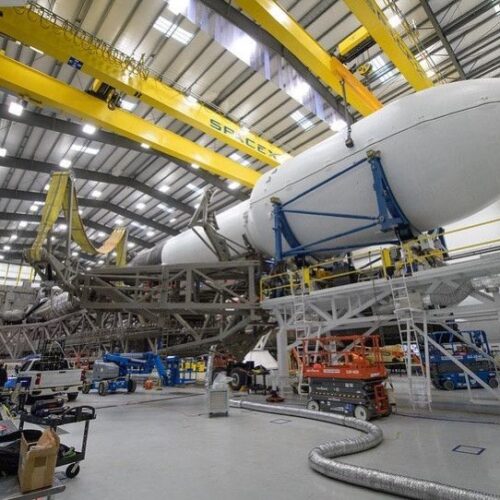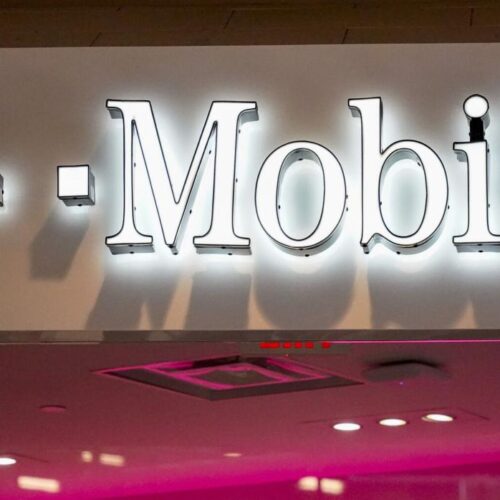Although using OS definitely has the advantage when it comes to diversity, Apple Watch that is undeniable has an amount in terms of market share. The Google platform that can be used is, in fact, the two smartwatch operating systems are very far, but it suddenly changes in recent months. Some may not like it, but actually most of Samsung’s blessings. But things might not stay like that unless Google took slack and made a better commitment to the SmartWatch ekosystem itself.
From Android to Tizen to use the OS
Ironically, Samsung might really be the first to make the Android smartwatch “right”, and with that means using a full Android version that is slightly modified on the first time, the Samsung Galaxy Gear. It returns when Android Wear is still in a period of growth, and only a few producers believe in their future. Since then, however, Samsung has used Android Wear once and only once, preferring to grow the platform that can be used alone instead.
For this reason, the Open Source Tizen is needed and converts it into a more proprietary version for smart trackers and smart watches. Although it doesn’t boast some big names in the application and some integration with an Android phone, it’s enough to keep Samsung in second place on the SmartWatch market. Of course, it also means that Tizen, not using the OS, lead behind Apple’s watchos.
We still do not know the negotiations that occur between two technology giants, but maybe for the best that Samsung decides to finally embrace Google’s OS Wear. It’s on time with the announcement using OS 3, because the Galaxy Watch 4 series is the first shortcut and so far just to use it. The order of events was quite a lot to revive the OS Wear market in the hope that Google will eventually maintain momentum and, even better, build it.
Use doubts OS.
It is hoped that this will change the install in support of the OS, and the number speaks itself. Counterpoint’s research revealed that Samsung had increased its portion of Smartwatch PAI in the third quarter of 2021, from 10% to 14% compared to Q3 2020. Most of the most likely thanks to Galaxy Watch 4 because they wore it from 4% to 17%.
It was definitely good news to wear the OS fan, but also one that they might take with careful optimism. Greater market share will definitely encourage more manufacturers to embrace wearing OS, but there is never anything that really becomes a scarcity of brands and smartwatch models to choose from. If there is, what makes consumers and OEM on arm length is the level of trust on the platform, both in hardware and software.
On the front of the hardware, the Qualcomm Wear Snapdragon chipset is not really the best, often using arm technology that is much older than following the latest. Agurbing the problem is how the smartwatch maker has been stuck with a longer processor even when newer is available for almost a year now. This has produced sub-optimal performance, especially when it comes to battery life, forcing several brands to adopt a special operating system that works with special hardware to squeeze as much as possible from the specifications.
Google’s commitment.
Google’s commitment to the platform that can be used itself has also been questioned many times. Wear OS hasn’t seen many activities until now, even though there has been a big update bursts here and there before the old silence period. It is not really encouraging for companies that want consumers to have brand loyalty for potentially expensive accessories.





